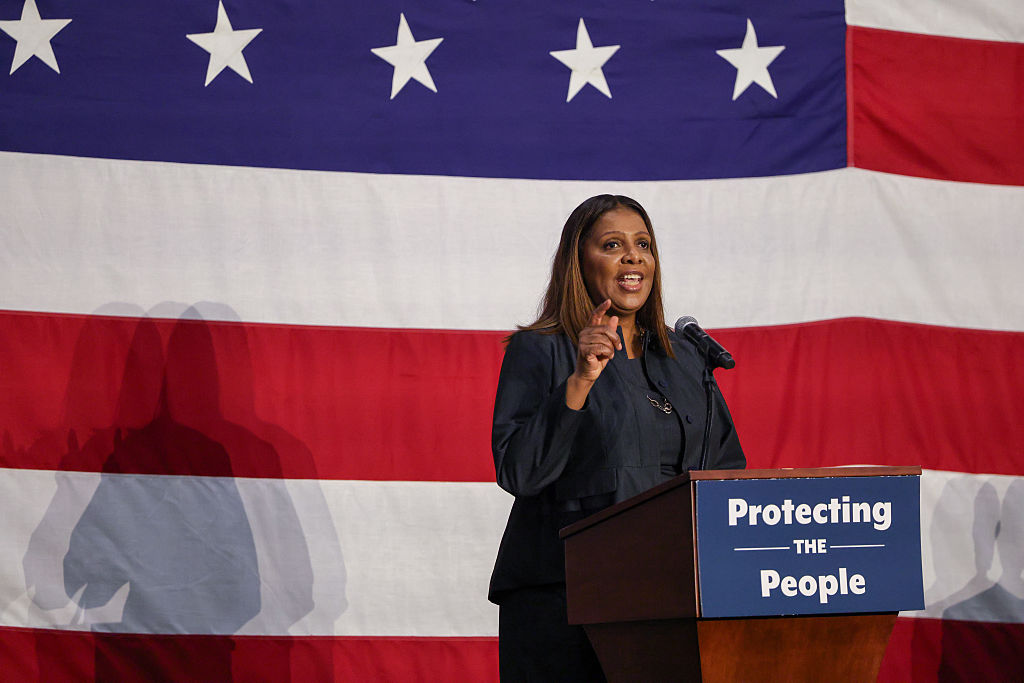BP Ramps Up Clean-Up Efforts, Tries Another Spill Fix
PORT FOURCHON, Louisiana— With the ambitious “top kill” having failed to stop a massive oil leak in the Gulf of Mexico over the weekend and a relief well at least two months away, BP was ramping up its efforts to clean up the Louisiana coast.
Another temporary fix — an effort to saw through the pipe leaking the oil and cap it — could be tried as soon as Wednesday. In the meantime, more than 125 miles (200 kilometers) of the state’s coastline already have been hit with oil, including the resort of Grand Isle near Port Fourchon.
Shares in BP PLC were plunging in London on Tuesday after the oil company’s latest failed attempt to block the oil leak in the Gulf. Shares fell 13 percent to $6.20 on the London Stock Exchange. Tuesday was the first day of trading there since the failed attempt over the weekend.
Text continues after gallery …
BP also said costs for the spill have reached $990 million.
The cleanup, relief wells and temporary fixes were being watched closely by President Barack Obama’s administration. Obama planned to meet for the first time Tuesday with the co-chairmen of an independent commission investigating the spill, while Attorney General Eric Holder was headed to the Gulf Coast to meet with state attorneys general.
Obama’s energy and global warming czar, Carol Browner, said she doesn’t want to guess the prospects for success when BP again tries to use a containment cap to control the oil spill.
Interviewed Tuesday on ABC television, Browner said, “I don’t want to put odds on it. … We want to get this thing contained.”
Browner also said she’s concerned about the effect the hurricane season, which began Tuesday, could have on ending the environmental crisis.
Meanwhile, basic living quarters have been set up on a barge to house cleanup workers at Port Fourchon, the oil industry’s hub on the Gulf. The 40-foot-long (12-meter-long) corrugated steel boxes, resembling oversized white shipping containers, are stacked two high and three wide and marked with the words “Martin Quarters.”
BP and several subcontractors have set up the floating hotel, or “flotel,” to accommodate more than 500 workers hired to clean up the worst oil spill in U.S. history.
“There are no permanent residents here on the port,” said Dennis Link, a manager from a BP refinery who’s handling logistics at the 1,300-acre (525-hectare) site that’s easily accessible by ship, but reachable on land only by a state road that snakes through the bayous.
The accommodations on the barge are Spartan, but comfortable — similar to military barracks. The quarters are typically floated alongside offshore oil rigs to supplement housing on the drilling operations. If necessary, four tents on dry land nearby can house 500 more workers.
The flotel could be moved if significant amounts of oil wash up at another location. Another flotel sits about 15 miles (25 kilometers) away, off Grand Isle, and BP plans to establish them elsewhere along the coast.
Cleanup efforts are being ramped up while BP also tries the latest in a series of patchwork fixes, this one a cut-and-cap process to put a lid on the leaking wellhead so oil can be siphoned to the surface. The risky procedure could, at least temporarily, increase the oil flowing from the busted well.
Using robot submarines, BP plans to cut away the riser pipe this week and place a cap-like containment valve over the blowout preventer. On Monday, live video feeds showed robot submarines moving equipment around and using a circular saw-like device to cut small pipes at the bottom of the Gulf.
“We are well into the operation to put this cap on the well now,” BP Managing Director Bob Dudley told NBC television on Tuesday.
BP failed to plug the leak Saturday with its top kill, which shot mud and pieces of rubber into the well but couldn’t beat back the pressure of the oil.
The oil company also announced plans Monday to try attaching another pipe to a separate opening on the blowout preventer with some of the same equipment used to pump in mud during the top kill. The company also wants to build a new freestanding riser to carry oil toward the surface, which would give it more flexibility to disconnect and then reconnect containment pipes if a hurricane passed through.
Neither of those plans would start before mid-June and would supplement the cut-and-cap effort.
But the best chances for sealing off the leak are two relief wells, the first of which won’t be ready until August. The spill has already leaked between 19.7 million and 43 million gallons, according to government estimates.
For the relief well to succeed, the bore hole must precisely intersect the damaged well, which experts have compared to hitting a target the size of a dinner plate more than 2 miles (3 kilometers) into the earth. If it misses, BP will have to back up its drill, plug the hole it just created, and try again.
“The probability of them hitting it on the very first shot is virtually nil,” said David Rensink, incoming president of the American Association of Petroleum Geologists, who spent most of his 39 years in the oil industry in offshore exploration. “If they get it on the first three or four shots they’d be very lucky.”
The trial-and-error process could take weeks, but it will eventually work, scientists and BP said. Then engineers will then pump mud and cement through pipes to ultimately seal the well.
On the slim chance the relief well doesn’t work, scientists weren’t sure exactly how much — or how long — the oil would flow. The gusher would continue until the well bore hole collapsed or pressure in the reservoir dropped to a point where oil was no longer pushed to the surface, said Tad Patzek, chair of the Petroleum and Geosystems Engineering Department at the University of Texas-Austin.
BP said it doesn’t know how much oil is in the reservoir because it was starting to collect and analyze data on its size when the rig exploded April 20.
RELATED STORIES
BP Hired Temporary Spill Clean-Up Workers For Obama Visit
Gulf Oil Leak May Not Be Stopped Until August















